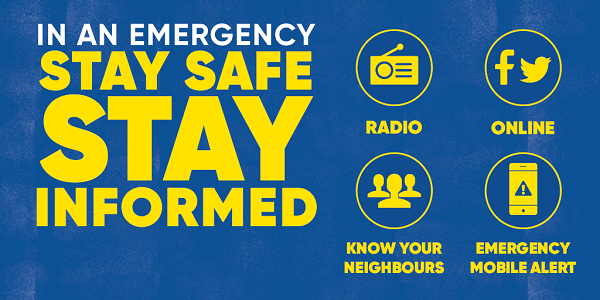 Guest Speaker-Paul Stuart talked about the local Civil Defence.
Guest Speaker-Paul Stuart talked about the local Civil Defence.There is a small team of three paid positions. Everyone in the district is part of civil defense and recovery response.
Everyone needs to be prepared for potential threats and hazards caused by earthquakes, floods, and tsunamis.
Civil Defence coordinates resources such as police, fire etc. GDC staff. Are also able to help when required.
The Tairawhiti district is split into five areas and the city area is then split into more. After Bola extensive radio networks throughout the whole region were established and this is unique in NZ. In addition, there are designated volunteers throughout. The radios have been upgraded to a digital platform.
Once an emergency is declared The Controller has a very powerful position and can direct resources to where they are needed most. There are about five people who can take this position e.g. John Clarke, Patrick Willock. Below the controller, there is an Incident management team.
In an emergency Rule # 1 – DON’T PANIC. Use common sense and treat the emergency like a puzzle that needs solving.
Once an emergency is declared The Controller has a very powerful position and can direct resources to where they are needed most. There are about five people who can take this position e.g. John Clarke, Patrick Willock. Below the controller, there is an Incident management team.
In an emergency Rule # 1 – DON’T PANIC. Use common sense and treat the emergency like a puzzle that needs solving.
Paul gave us a history and dates of large earthquakes in NZ. The Napier 1931 earthquake is still the biggest disaster. There is no warning – Drop cover and hold (the back of your neck) – move away from windows, if in bed stay there, protect head with a pillow, if outside move away from buildings. If it is long (1 minute or more) and or strong – be gone. Tsunami threats come from Peru and Chile – will travel at 800-1000kms per hour with hours of warning. Local Tsunami could be generated from 70-90 kms away, there are mud volcanoes under the sea and these could erupt – there will be no official warning and has potential to be very large be prepared with an evacuation plan if in the tsunami area – check the map on GDC website. Go upstairs if in a multi-story building, stay away from river banks and don’t go into the CBD. Obey road rules, stay away for at least 2 hours until told it is safe to return.
